'Largest ever' DDoS attack targets European bank
The rare form of attack was designed to overwhelm the victim’s networking gear
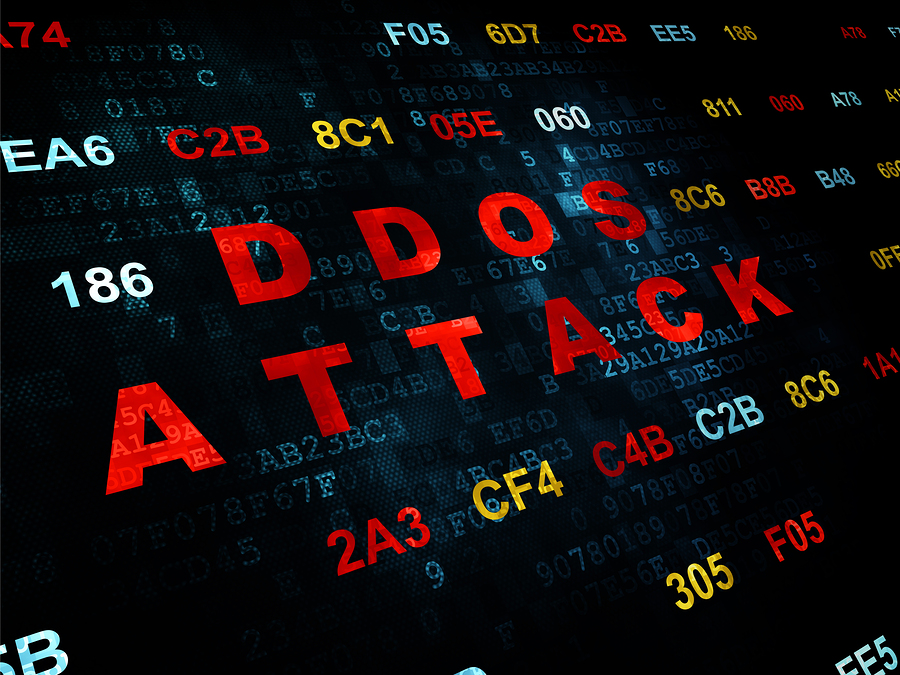

Akamai claims to have prevented the largest-ever distributed denial of service (DDoS) attack, measured in packets-per-second (pps), targeting a large European bank.
The attack, which the networking and security company registered at 809 million PPS, was recorded on 21 June, just days after AWS announced it had blocked the largest ever DDoS attack in terms of bits per second (bps).
The incident took place in February, hitting 2.3Tbps, smashing the previous record of 1.7Tbps, with the peak of the attack 44% larger than anything the services had seen before. The nature of the attack AWS recorded, however, is different from that registered by Akamai.
This latest DDoS attack, which Akamai claims is the most intense ever recorded, aimed to overwhelm network gear and applications in the victim’s data centre or cloud environment. This is against the aim of conventional high bps DDoS attacks, which aim to overwhelm the inbound internet pipeline.
While both types of attack are volumetric in nature, pps attacks are much rarer and are designed to exhaust the resources of the networking gear.
“One way to think about the difference in DDoS attack types is to imagine a grocery store checkout,” said Akamai principal product architect Tom Emmons.
“A high-bandwidth attack, measured in bps, is like a thousand people showing up in line, each one with a full cart ready to check out. However, a PPS-based attack is more like a million people showing up, each to buy a pack of gum. In both cases, the final result is a service or network that cannot handle the traffic thrown at it.”
Sign up today and you will receive a free copy of our Future Focus 2025 report - the leading guidance on AI, cybersecurity and other IT challenges as per 700+ senior executives
The attack was optimised to overwhelm DDoS mitigation systems by deploying a high pps load, Emmons added. What made the incident unique, moreover, was the massive increase in the amount of source IP addresses the attack relied on.
RELATED RESOURCE
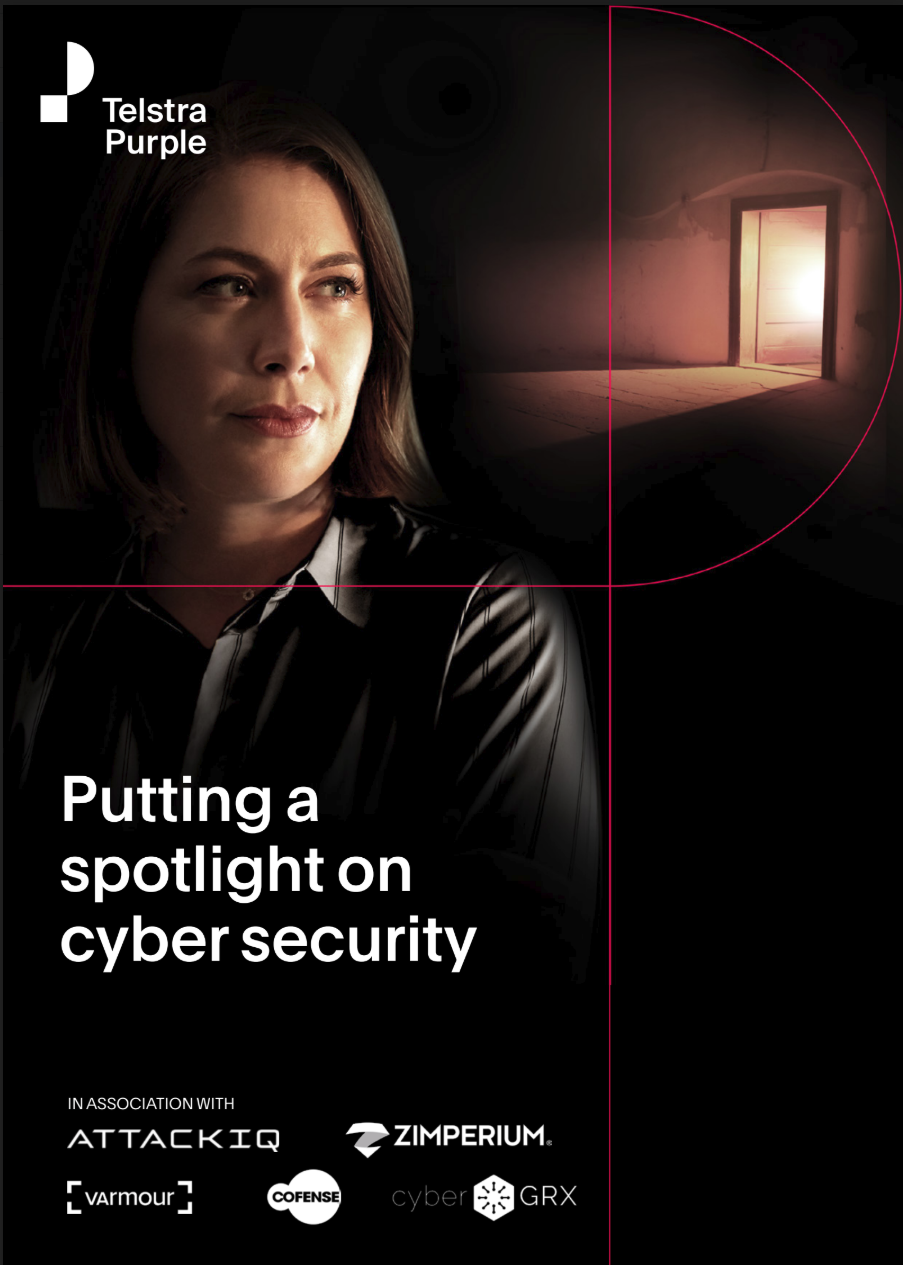
Putting a spotlight on cyber security
An examination of the current cyber security landscape
The number of source IPs registering traffic to the victim increased substantially during the attack, suggesting the DDoS attack was highly distributed in nature. There were more than 600-times the number of source IPs per minute against what is normally observed.
The vast majority of these IP addresses, meanwhile, were not previously recorded in attacks during 2020, suggesting a novel botnet, with 96.2% of source IPs not seen before.
Akamai added the attack reached a peak of 418Gbps within seconds, before reaching its peak size of 809 million pps within two minutes, with the track lasting slightly under ten minutes in total. The incident was fully mitigated at the time.

Keumars Afifi-Sabet is a writer and editor that specialises in public sector, cyber security, and cloud computing. He first joined ITPro as a staff writer in April 2018 and eventually became its Features Editor. Although a regular contributor to other tech sites in the past, these days you will find Keumars on LiveScience, where he runs its Technology section.
-
 Tapping into the ’touch grass’ movement in cybersecurity
Tapping into the ’touch grass’ movement in cybersecurityIndustry Insights With cybersecurity experiencing a ’touch grass’ moment, what role should resellers play?
-
 Cyber resilience in the UK: learning to take the punches
Cyber resilience in the UK: learning to take the punchesColumn UK law now puts resilience at the centre of cybersecurity strategies – but is legislation simply catching up with enterprise understanding that resilience is more than just an IT issue?
-
 UK crime fighters wrangle “several thousand” potential cyber criminals in DDoS-for-hire honeypot
UK crime fighters wrangle “several thousand” potential cyber criminals in DDoS-for-hire honeypotNews The sting follows a recent crackdown on DDoS-for-hire services globally
-
 US begins seizure of 48 DDoS-for-hire services following global investigation
US begins seizure of 48 DDoS-for-hire services following global investigationNews Six people have been arrested who allegedly oversaw computer attacks launched using booters
-
 Will triple extortion ransomware truly take off?
Will triple extortion ransomware truly take off?In-depth Operators are now launching attacks with three extortion layers, but there are limitations to this model
-
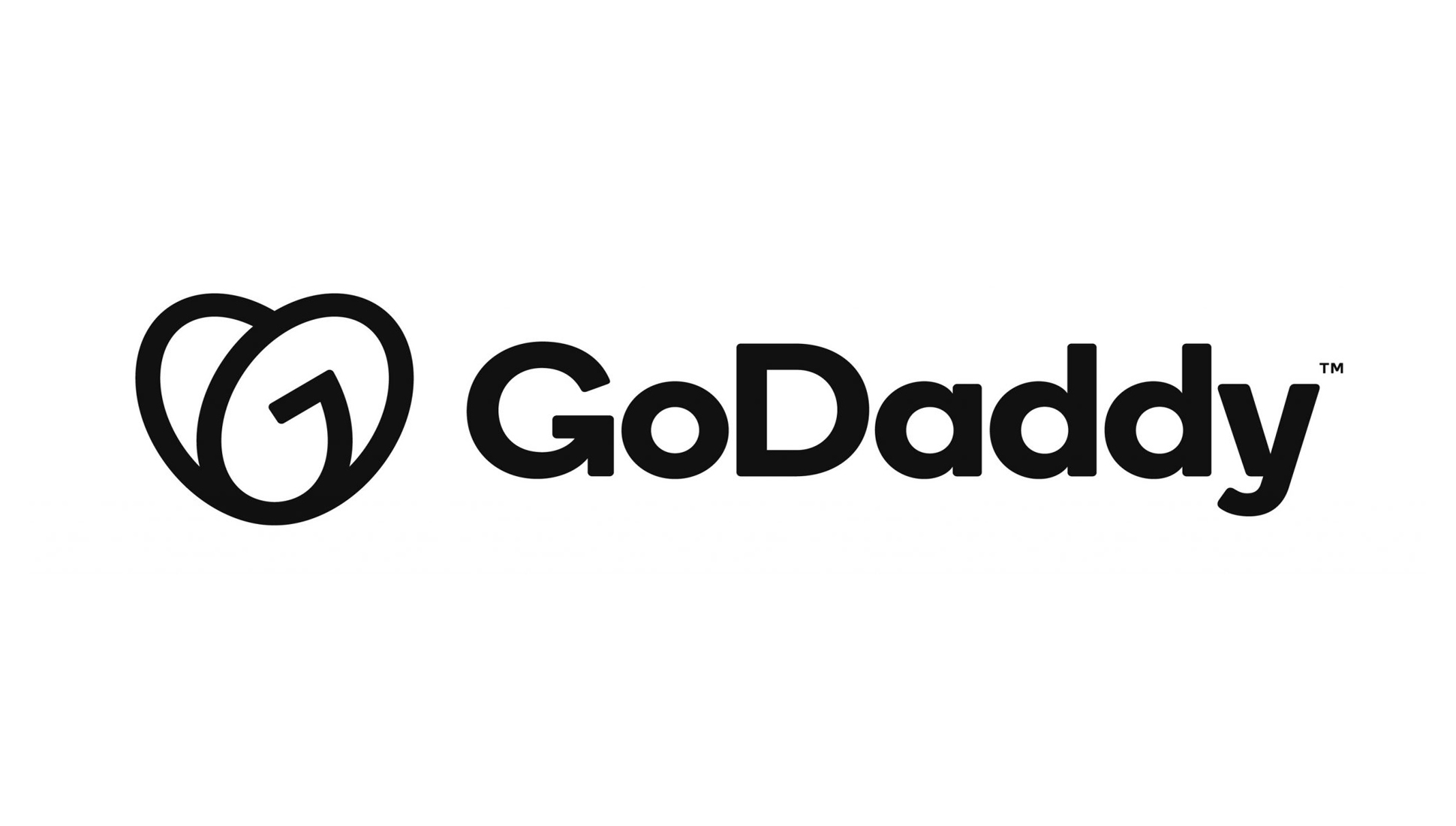 GoDaddy web hosting review
GoDaddy web hosting reviewReviews GoDaddy web hosting is backed by competitive prices and a beginner-friendly dashboard, and while popular, beware of hidden prices
-
 Japan investigates potential Russian Killnet cyber attacks
Japan investigates potential Russian Killnet cyber attacksNews The hacker group has said it’s revolting against the country’s militarism and that it’s “kicking the samurai”
-
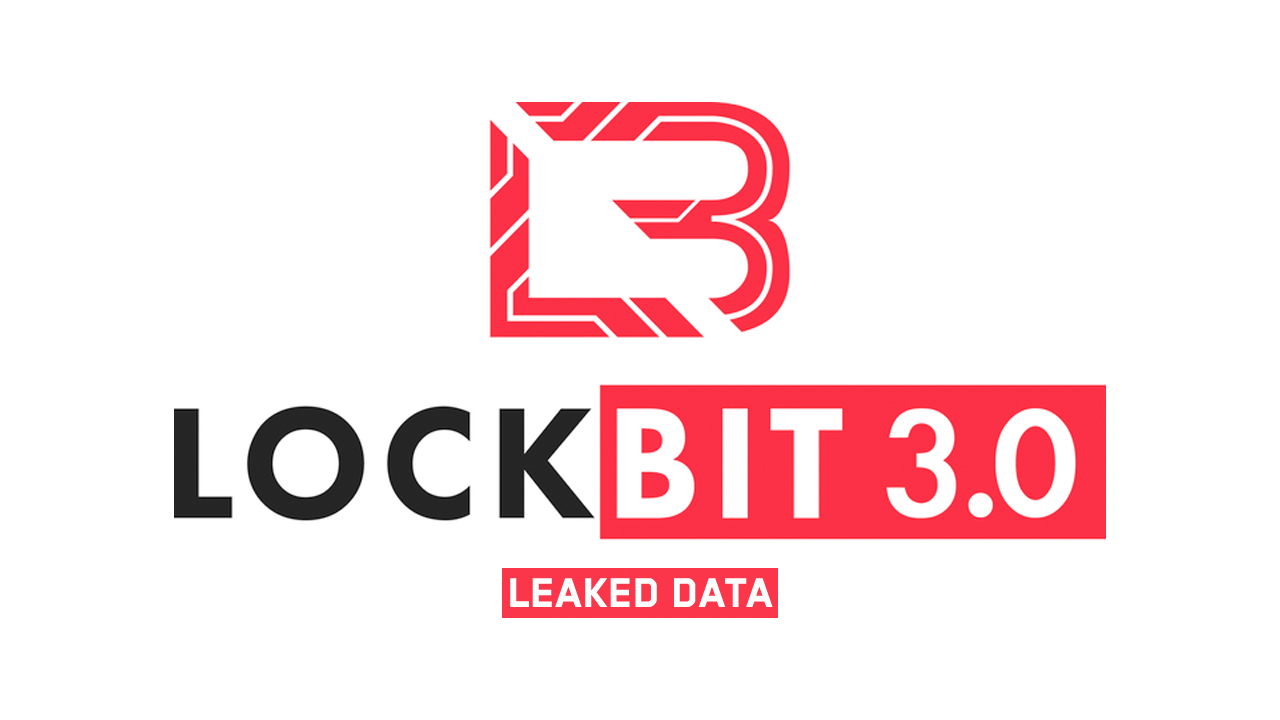 LockBit hacking group to be 'more aggressive' after falling victim to large-scale DDoS attack
LockBit hacking group to be 'more aggressive' after falling victim to large-scale DDoS attackNews The ransomware group is currently embroiled in a battle after it leaked data belonging to cyber security company Entrust
-
 Record for the largest ever HTTPS DDoS attack smashed once again
Record for the largest ever HTTPS DDoS attack smashed once againNews The DDoS attack lasted 69 minutes and surpassed the previous record of 26 million RPS
-
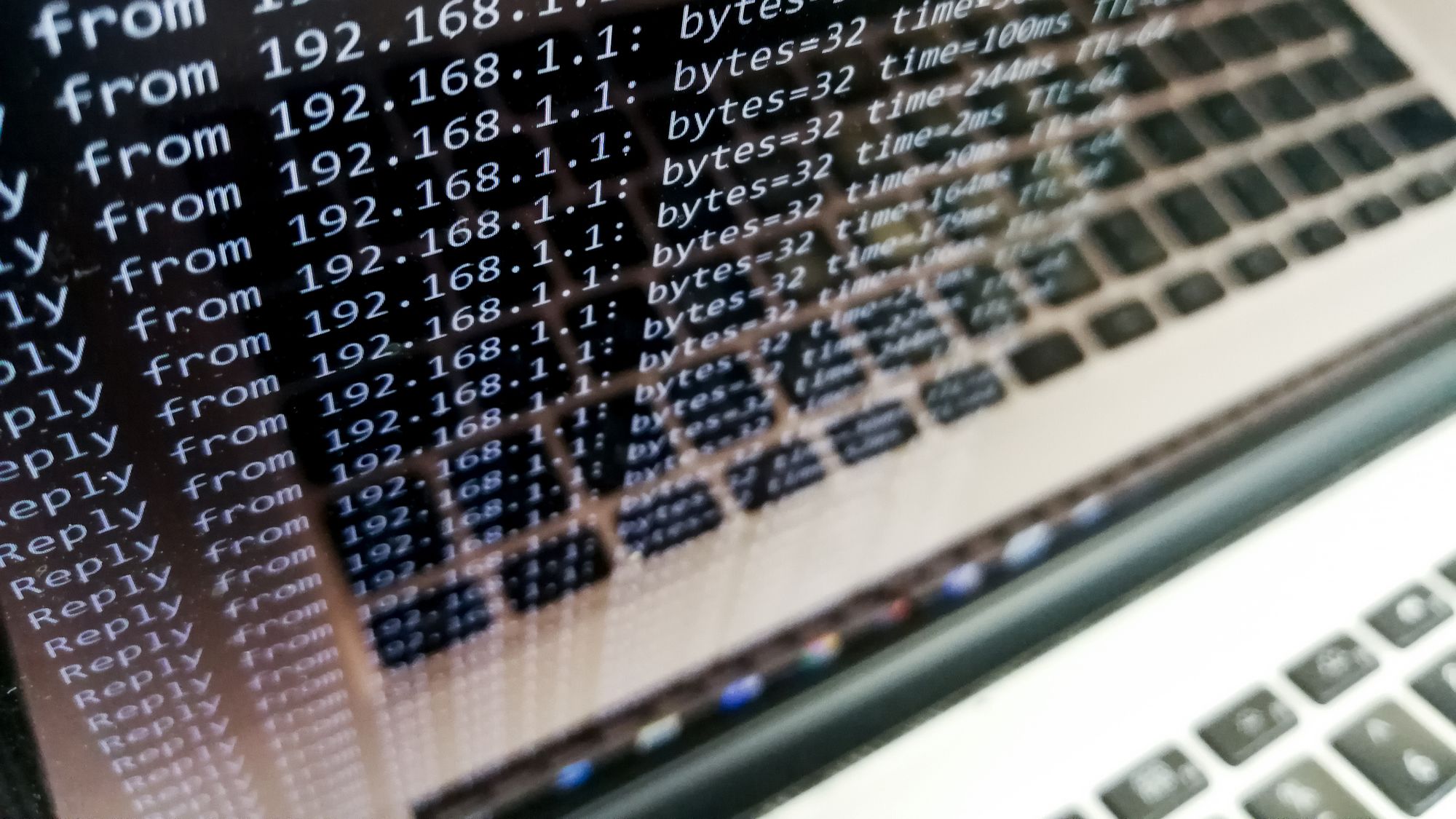 Cloudflare mitigates biggest ever HTTPS DDoS attack
Cloudflare mitigates biggest ever HTTPS DDoS attackNews A botnet generated over 212 million HTTPS requests from over 1,500 networks in 121 countries